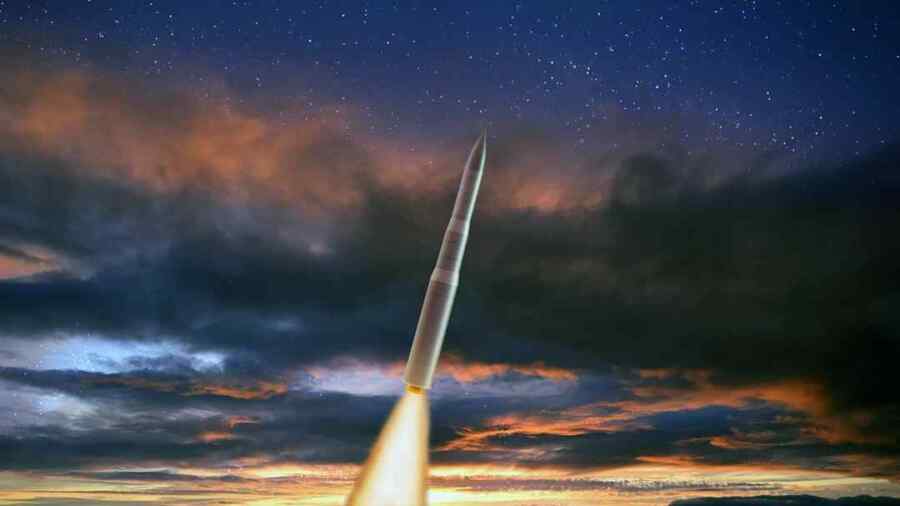Meanwhile, the programme itself has risen 81% from the September 2020 estimate to $140.9bn.
William Laplante, Deputy Chief of Defence for Acquisition and Logistics, outlined the following arguments for the programme at a press briefing on 8 July:
– it is essential to national security;
– there are no alternatives to it to meet joint requirements at a lower cost;
– the new estimated costs are determined to be reasonable;
– the programme is a higher priority than those whose funding will be reduced to cover its increased costs;
– the governance structure is sufficient to control the additional cost growth.
To put it in one phrase, the Pentagon simply has no choice but to bet on a new missile at an exorbitant price. Let’s not rule out the lobbying of the project’s main contractor, Northrop Grumman.
By the way, it has already “distinguished itself” by selling the US Defense Ministry the world’s most expensive aircraft – the B-2 Spirit strategic bomber at a price of $2.1 billion per unit. That is why only 20 machines were ordered instead of 132. Now Northrop Grumman is leading the project of creating a promising strategic bomber B-21 Raider with a two-year time lag.
The lack of choice is determined primarily by the state of the ground-based component of the US nuclear triad in the form of 400 silo-based LGM-30G Minuteman III ICBMs, which have been on active duty since 1970-1977. Their solid-fuel rocket motors will become obsolete in 2029-2035. And without their replacement, these missiles will have to be taken off combat duty.
The lack of choice is determined primarily by the state of the ground-based component of the US nuclear triad in the form of 400 silo-based LGM-30G Minuteman III ICBMs that have been on alert since 1970-1977. Their solid-fuel rocket motors will become obsolete in 2029-2035. And without their replacement, these missiles will have to be taken off combat duty.
That is why the Pentagon is turning a blind eye to the rise in the price of one Sentinel missile from $118 million to $214 million, although Northrop Grumman has already blown off the development schedule for the project. Reaching initial operational capability from 2029 has been delayed to the 2030s.
Elena Panina

